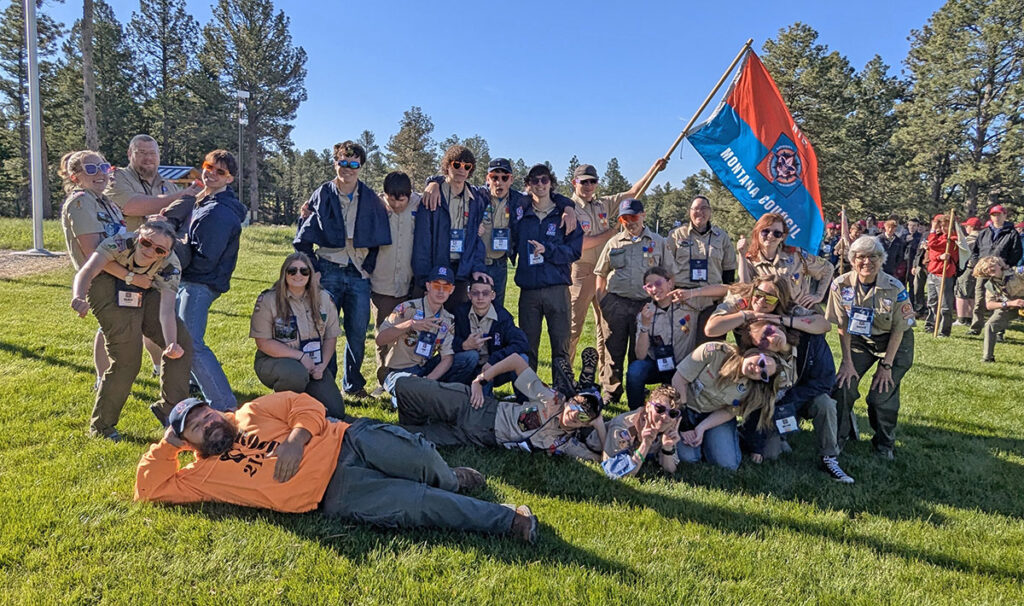Musk oxen, camels, mammoths and giant sloths in Montana?
This month in Conservation Corner, let’s talk about some of the interesting animals that used to live in Montana but aren’t here anymore.
It wasn’t that long ago that many animals we normally think of as exotic or foreign lived right here in Montana. About 10-13,000 years ago there was a vast wall of ice that stretched across most of North America. This ice wall stretched across northern Montana.
For 8,000-10,000 years the snowfall in winter exceeded the amount of snow and ice melting each summer causing the ice sheet. This long period of snowy, colder weather started about 23,000 years ago and lasted until about 14,000 years ago when the ice began to melt and recede northward.
As the ice melted it formed an ice-free corridor from Alaska and the Yukon southward to Montana. This ice-free area was along the eastern edge of the Rocky Mountains.
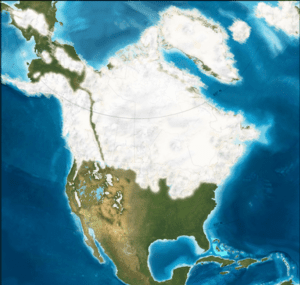
Musk Oxen
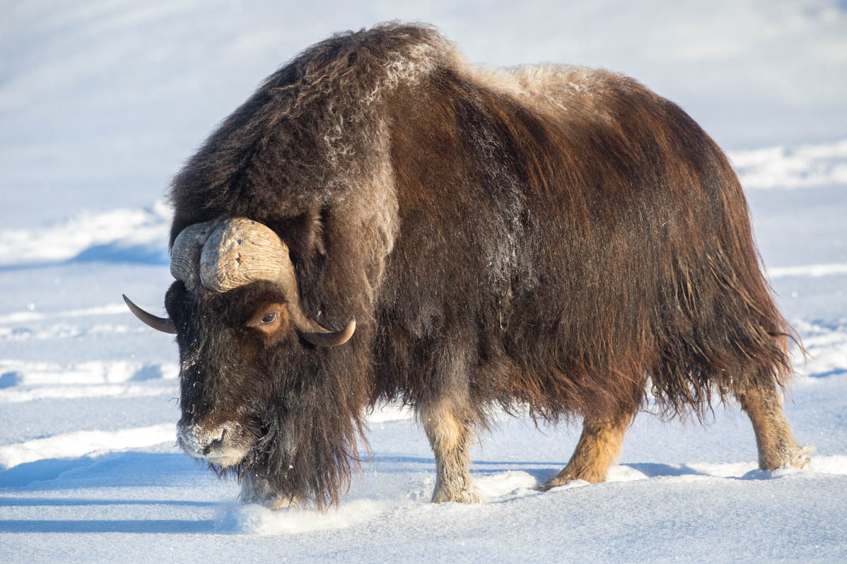
In the back of a cave on the Rocky Mountain Front, the huge skull of a 12,000-year-old musk ox was found. Musk oxen do not enter caves, so the skull must have been carried into the cave by ancient peoples who lived in Montana at the same time.
These ancient peoples, called Clovis people, left tools and signs of their presence in this same cave.
Musk oxen gradually moved south from present-day Alaska and Canada as the climate got colder and ice sheets began to form. These musk oxen preferred the cooler climate that formed the massive ice sheets and they expanded their distribution across much of North America.
As the climate began to warm – about 14,000 to 12,000 years ago – the musk oxen moved north with the melting ice. At this same time, increasing numbers of ancient people were likely hunting these musk oxen and this is probably how that musk ox skull got into that cave in eastern Montana.
Camels
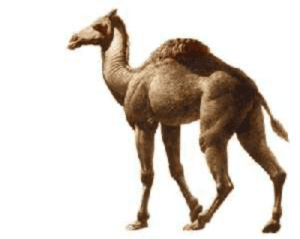
At the same time that musk oxen were present in Montana, there were also horses and camels here.
In fact, camels existed in North America from about 3.6 million years ago until they became extinct about 12,000 years ago. These camels were about 7-feet-tall at the shoulder and weighed about 1800 pounds.
A site in southwest Alberta, just north of Montana along the St. Mary River, has clear evidence that ancient peoples were hunting and eating camels 13,300 years ago near the edge of the melting ice sheet.
It is thought that the combination of climate change and hunting by increasing numbers of ancient peoples were the reasons for the extinction of camels (and horses) in North America.
Horses
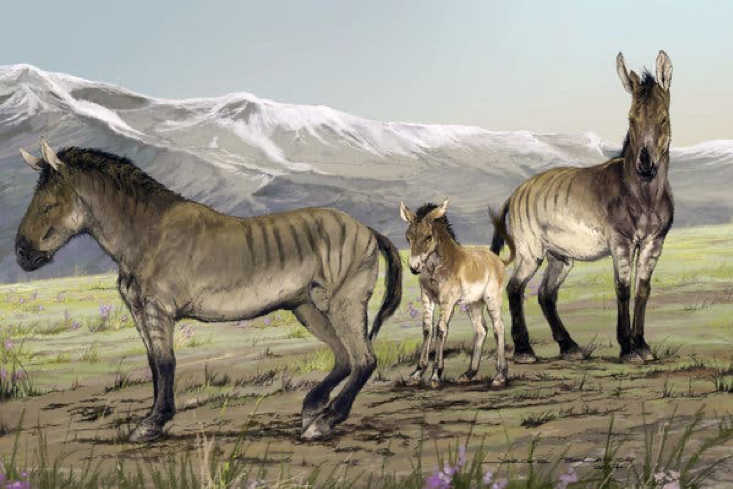
At the same site on the St. Mary River where the camel remains were found, the remains of 7 horses were found that were also killed and eaten by ancient people 13,300 years ago.
Horses were in North America for millions of years until they went extinct at the same time the camels did, about 12,000 years ago.
Horses were extinct in North America until the Spanish brought horses to North America from Europe in the early 1500s.
Some of these Spanish horses escaped and were eventually captured and ridden by the Native Americans. It is estimated that the plains Indians got their first horses from escaped Spanish horse stock in the 1700s.
Megalonyx or Giant Ground Sloth
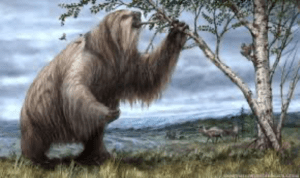
An unusual animal that lived in Montana and across North America was the giant ground sloth.
Ground sloth skeletons from 12,000 to 13,000 years ago have been found in North Dakota and in western Washington, so it is likely that they also lived in Montana.
These sloths were also hunted by ancient humans, and this hunting, combined with climate change as the great ice sheets melted contributed to the extinction of the sloths.
Sloths were large slow-moving plant-eaters who fed on the leaves and branches of trees and shrubs in habitats along rivers. In Montana, giant ground sloths were probably found along every major river until they disappeared about 10-12,000 years ago.
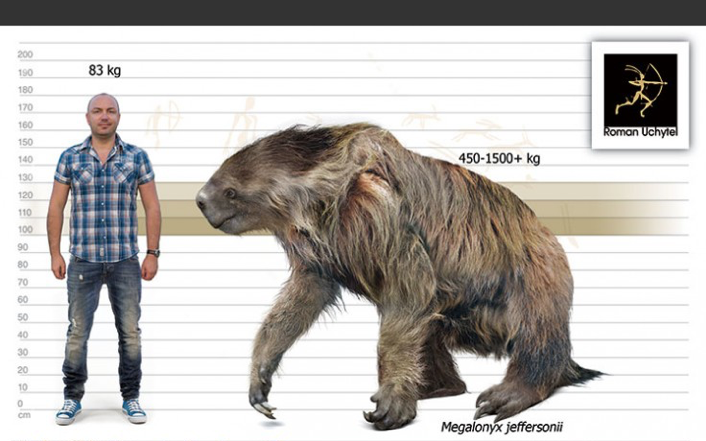
Mammoths
Mammoths originally evolved in Africa and entered Europe about 3 million years ago and then spread across Asia.
Mammoths entered North America from Asia crossing the Bering land bridge about 1.5 million years ago. Mammoths were widespread throughout much of North America for thousands of years.
Several mammoth skeletons have been found in Montana including a complete skeleton near Glendive that is displayed in the Museum of the Rockies in Bozeman and a skeleton found along the Powder River in 2017 that is displayed in the Carter County Museum in Ekalaka.
Mammoths had long curved tusks and weighed up to 6 tons. Mammoths and ancient peoples lived together in Montana.
Interestingly, the skeleton found near Glendive showed evidence that this mammoth was killed and eaten by ancient people because the skeleton had stone blade marks on the bones where ancient people butchered the animal after they killed it.
The extinction of mammoths occurred at the same time as the extinction of the camels, horses and ground sloths and was probably due to a combination of human hunting pressure and climate change as the climate warmed and the ice sheet melted.
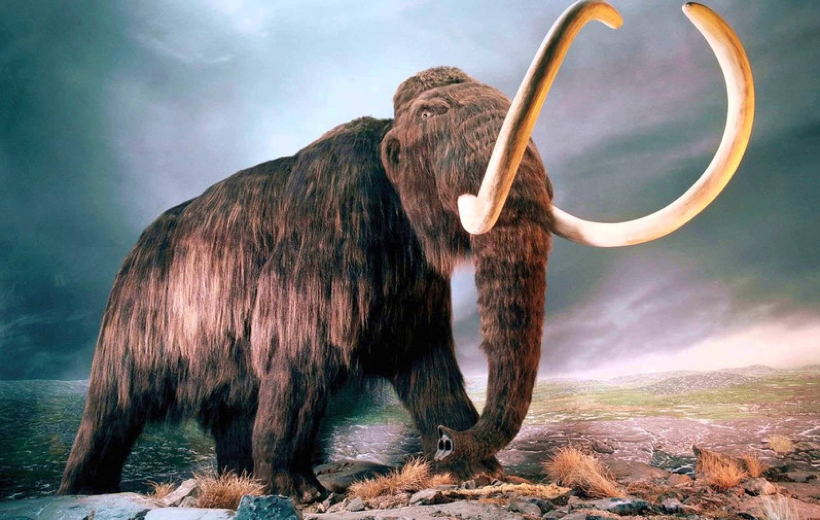
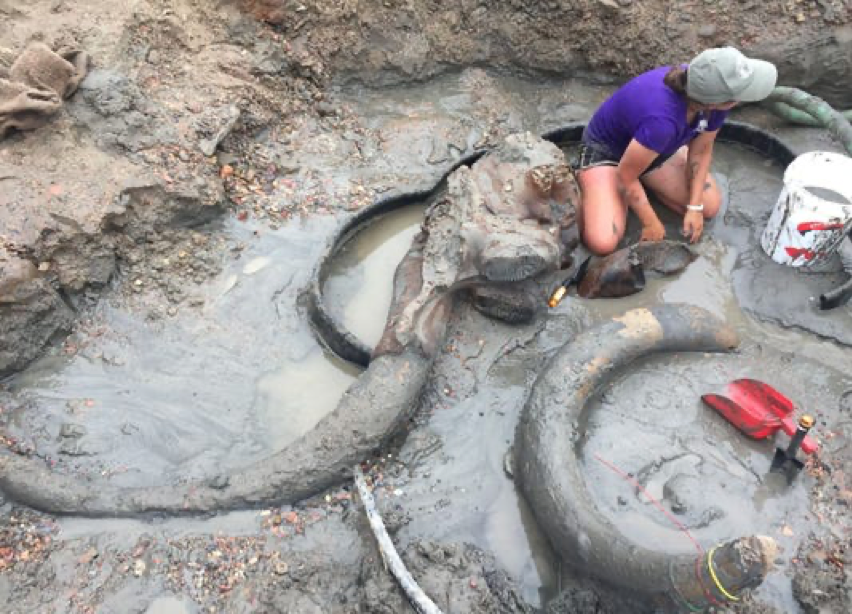
So, now you know about some of the unusual animals that lived in Montana at the time of the melting of the ice sheet. Montana was a very different place just 10,000 years ago.
Chris Servheen
Chair, Conservation Committee
Montana Council




